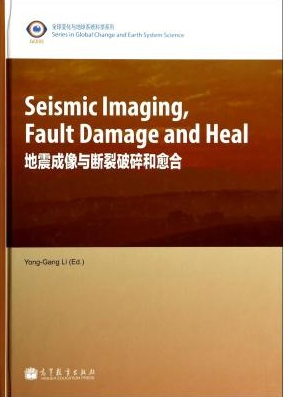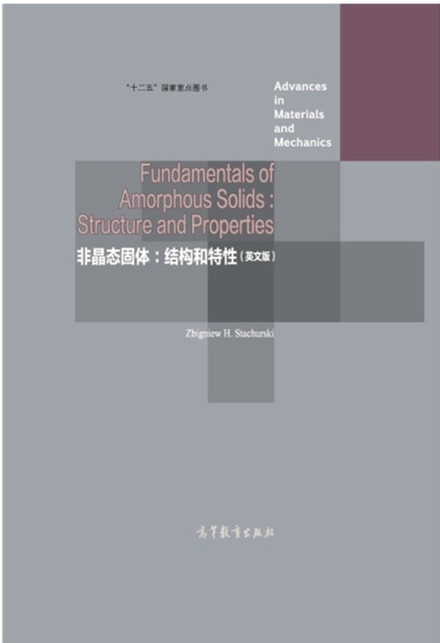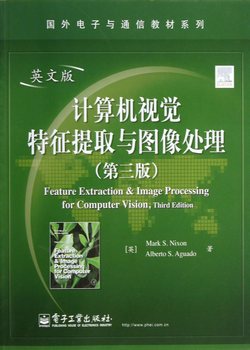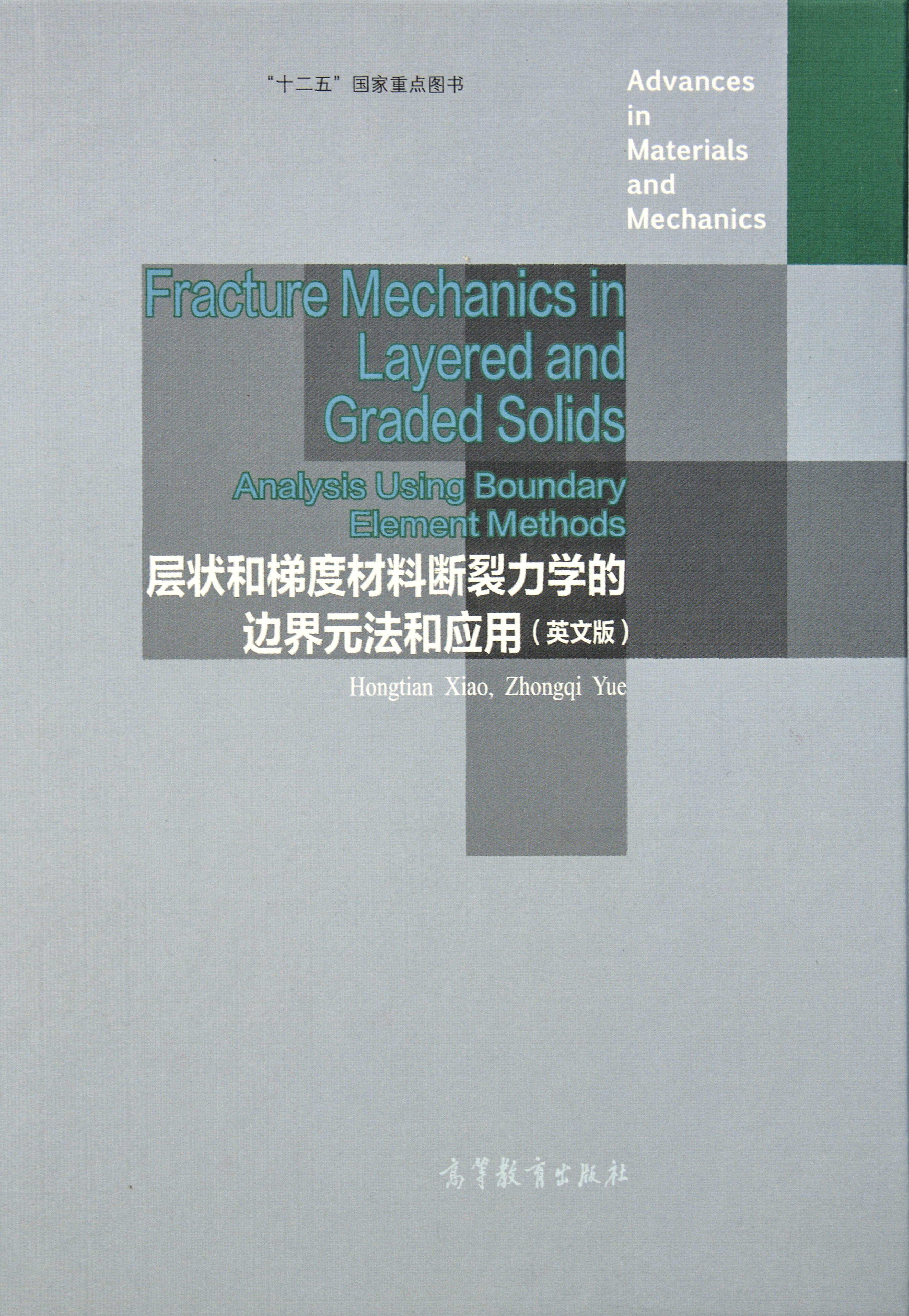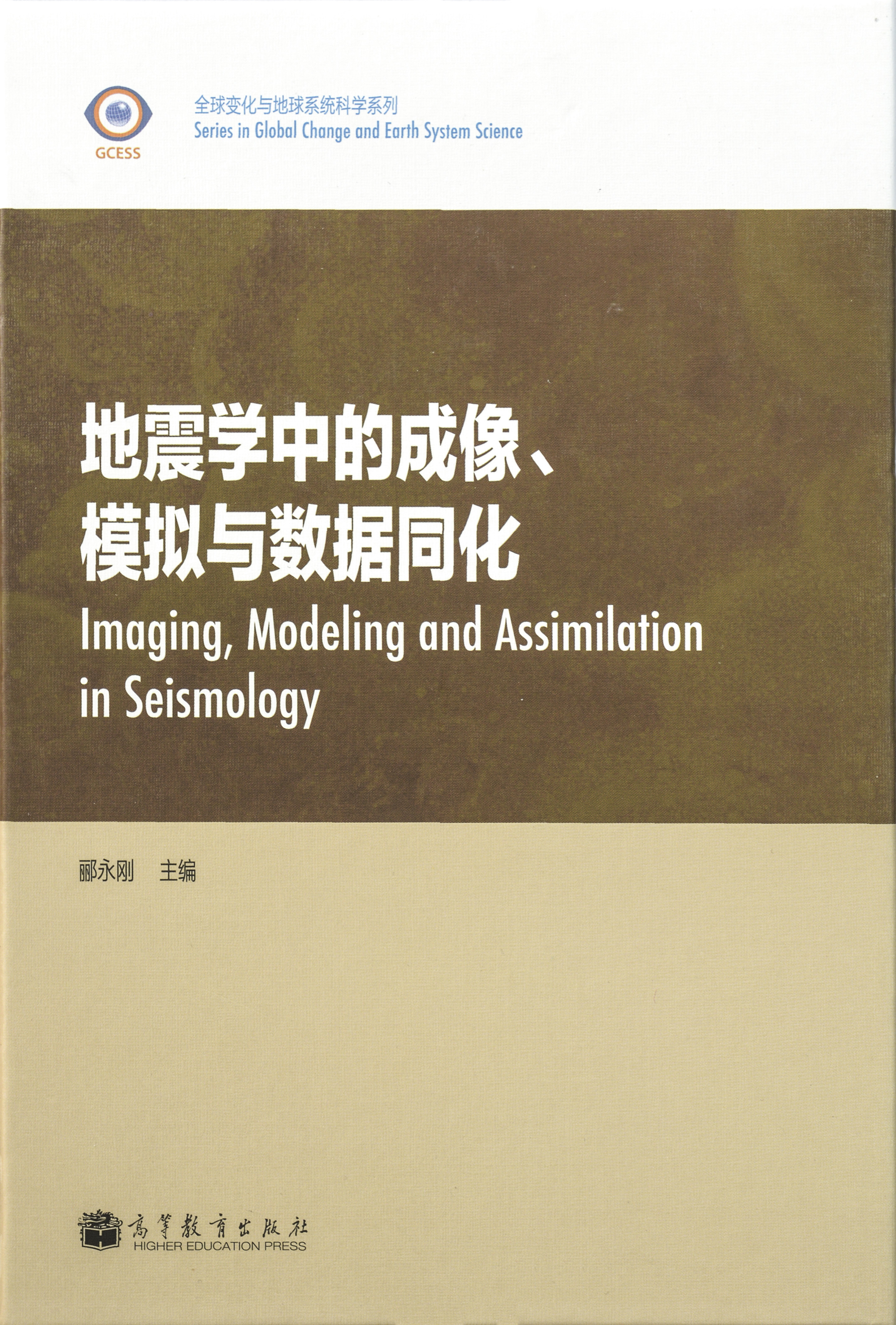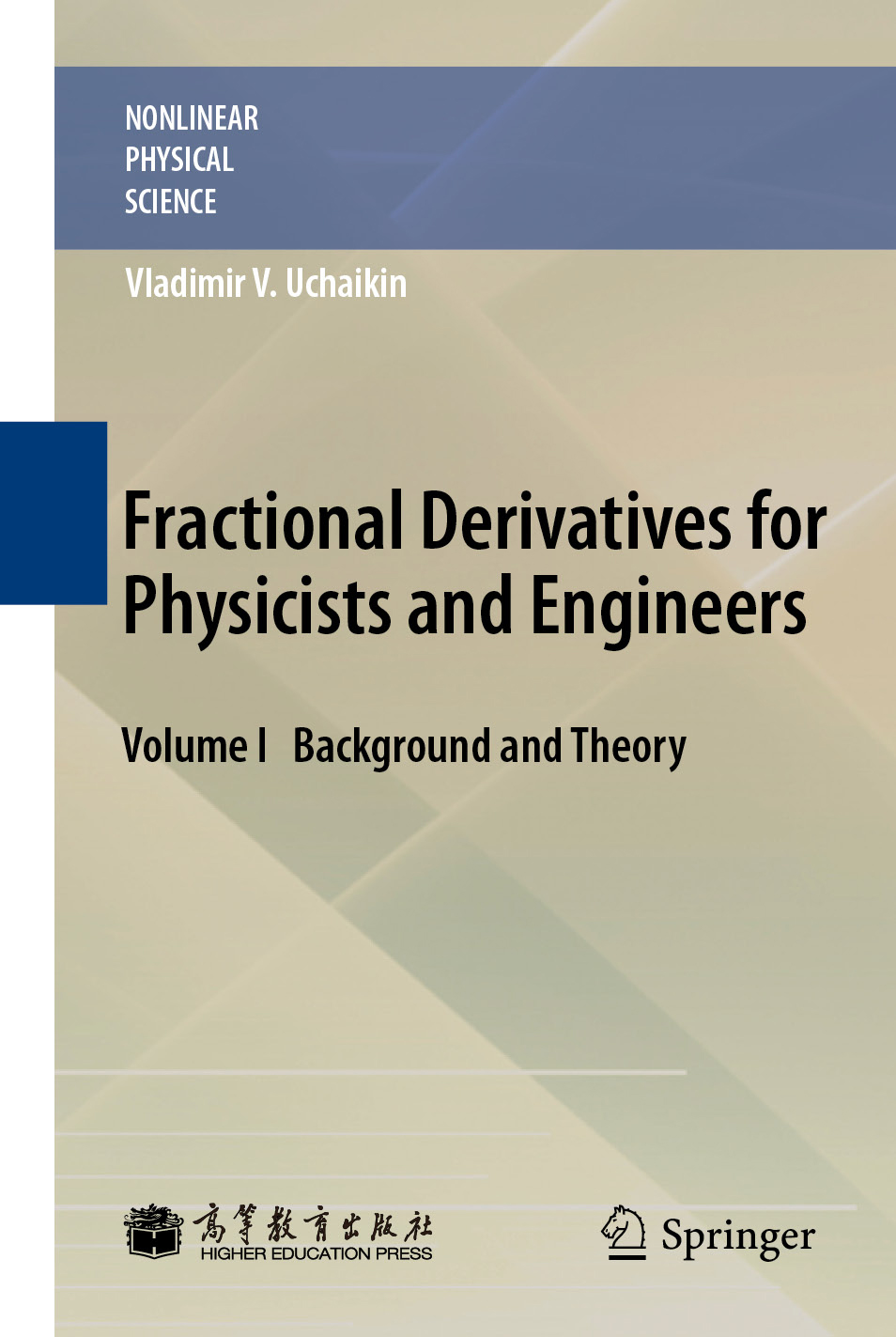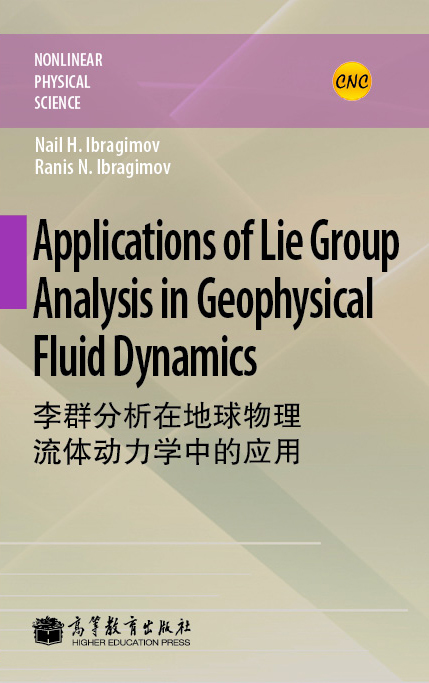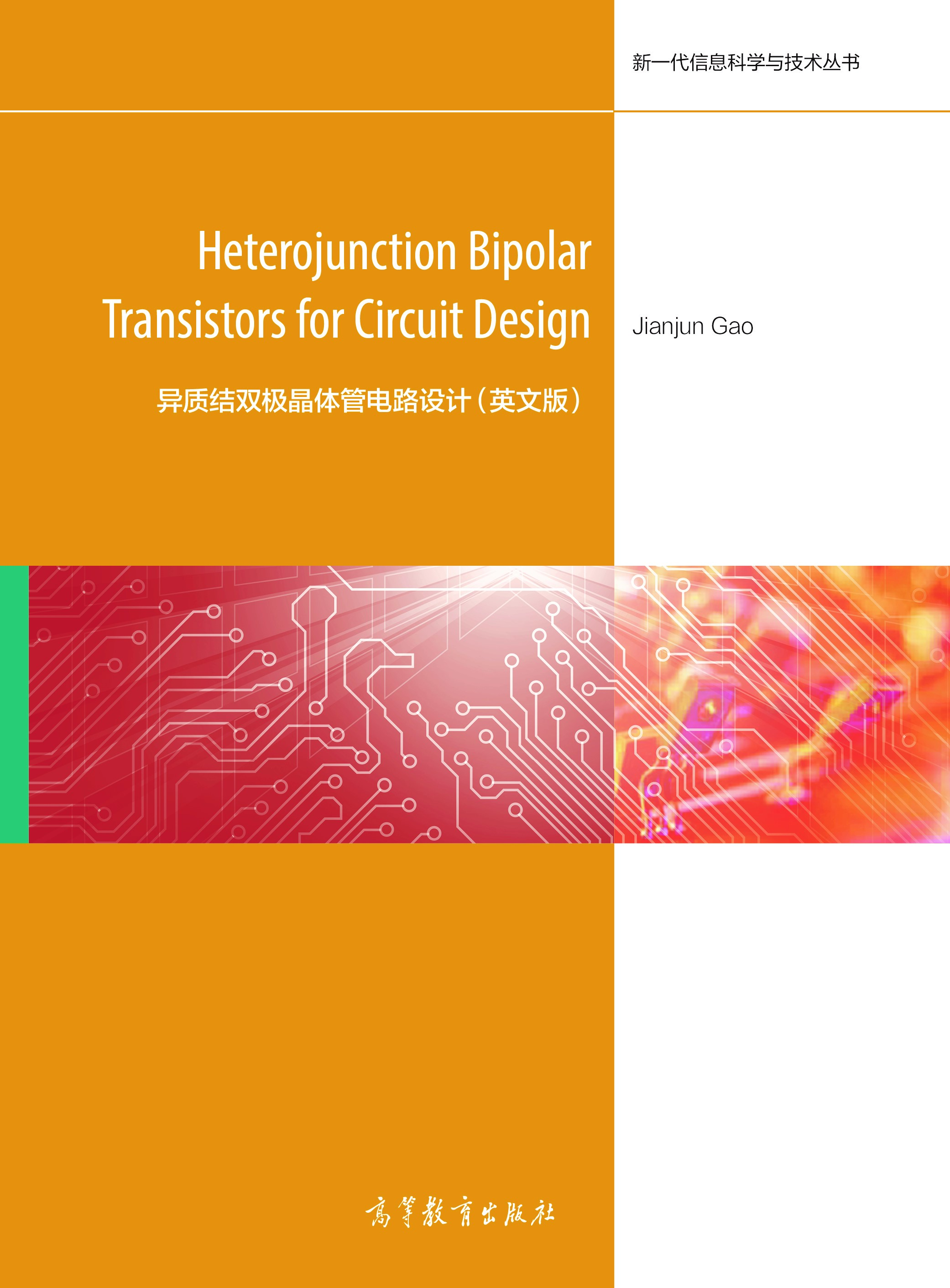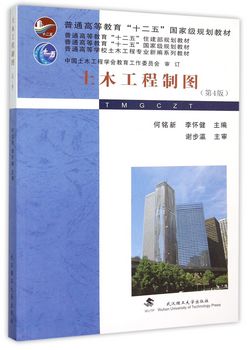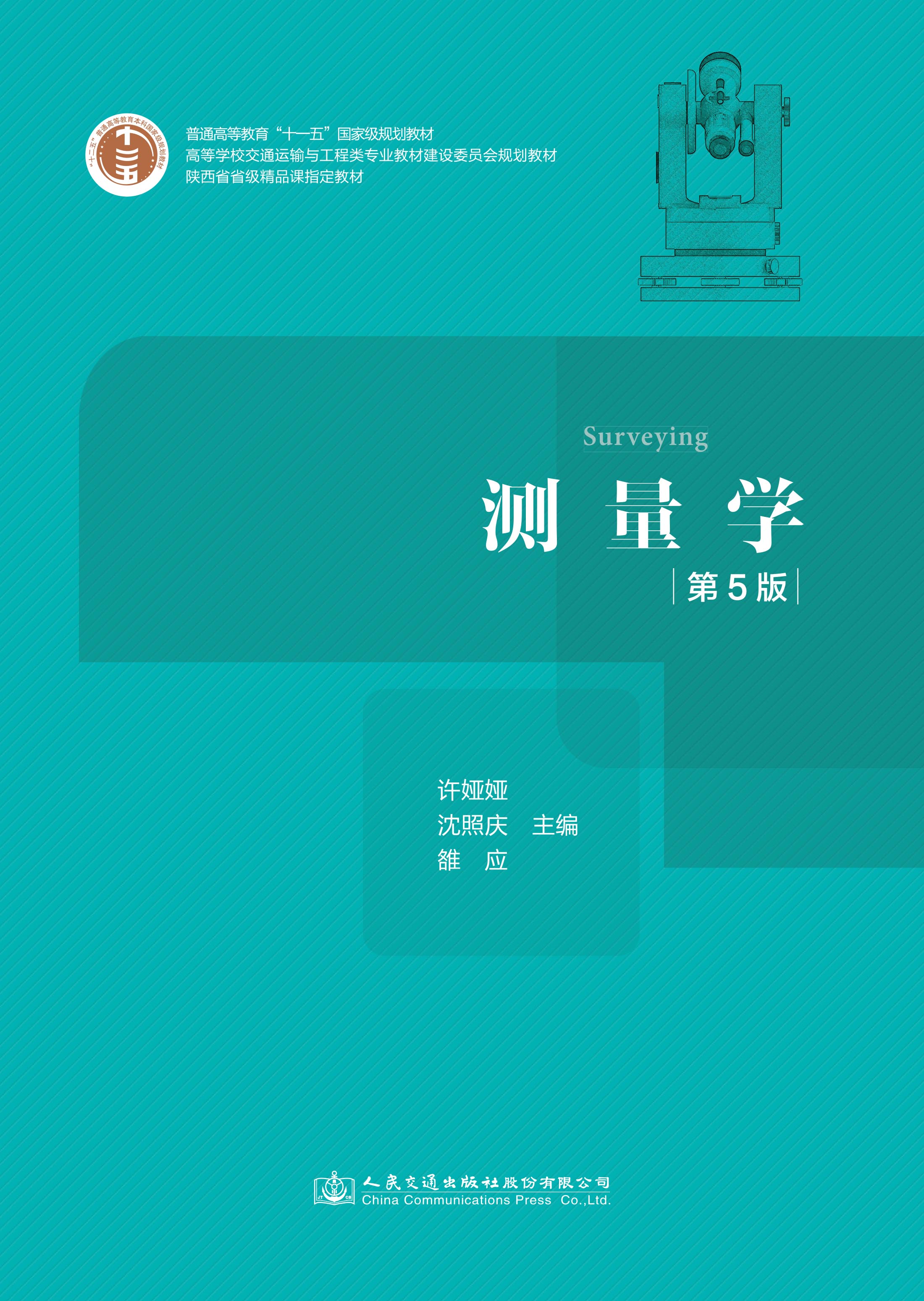地震成像与断裂破碎和愈合
作者: 郦永刚
出版时间:2014-03
出版社:高等教育出版社
- 高等教育出版社
- 9787040390988
- 1版
- 185601
- 48266671-6
- 精装
- 异16开
- 2014-03
- 500
- 350
- 理学
- 地质学类
- P631.4
- 地质学类
- 本科 研究生及以上
本书介绍地球物理和地震学研究领域内近年发展的数据同化、构造成像和数字模拟的新方法,新技术以及应用实例。全书共含七章,由国内、外著名大学和研究所从事地震前沿工作的研究人员撰写而成。
本书内容涵盖:数据同化概念在地震学中的拓展和应用,全波形三维构造成像(full waveform tomography),介质全物理属性和震源机制反演方法;非均匀介质中衍射波和散射波单返程传播算子(one-return propagator)方法, 适用复杂构造成像;断裂带圈闭波(fault-zone trapped wave) 或称导波(guided waves)方法, 高精度确定断裂带岩石共震破裂程度和空间尺度以及震后愈合的时间关系;强震动态断裂过程和震源特性模拟合成的有限元方法平行计算技术 (hybrid MPI/OpenMP approach, sophisticated finite-element method algorithm EQdyna),评估地下构造和地面结构抗震的非线性响应和破坏程度;震区内应力加载和减载的观察,物理原理和加载-减载响应比测定方法(load-unload response ratio), 推算岩石破碎程度和判别临震状态,应用于地震预报;离散单元计算方法(discrete element method),模拟发震断裂带的力学机制和岩石动态破裂, 提供应力加载-减载响应比测定方法的力学基础。
本书作者分别在各自章节中对上述新方法作了详尽阐述和公式推演,并给出应用实例。本书可作为高等院校和科研院所地球物理学、地震学研究生教学课程的参考书,也可供地震领域的研究人员借鉴。
Front Matter
Seismic Imaging, Fault Damage and Heal: An Overview
References
1 Applications of Full-Wave Seismic Data Assimilation (FWSDA)
1.1 Numerical Solutions of Seismic Wave Equations
1.1.1 Stable Finite-Difference Solutions on Non-Uniform,Discontinuous Meshes
1.1.2 Accelerating Finite-Difference Methods Using GPUs
1.1.3 The ADER-DG Method
1.1.4 Accelerating the ADER-DG Method Using GPUs
1.2 Automating the Waveform Selection Process for FWSDA
1.2.1 Seismogram Segmentation
1.2.2 Waveform Selection
1.2.3 Misfit Measurement Selection
1.2.4 Fr´echet Kernels for Waveforms Selected in the Wavelet Domain
1.3 Application of FWSDA in Southern California
1.3.1 Waveform Selection on Ambient-Noise Green’s Functions
1.3.2 Waveform Selection on Earthquake Recordings
1.3.3 Inversion Results after 18 times Adjoint Iteration
1.4 Summary and Discussion
References
2 Wavefield Representation, Propagation and Imaging Using Localized Waves: Beamlet, Curvelet and Dreamlet
2.1 Introduction
2.2 Phase-Space Localization and Wavelet Transform
2.2.1 Time-Frequency Localization
2.2.2 Time-Scale Localization
2.2.3 Extension and Generalization of Time-Frequency, Time-Scale Localizations
2.3 Localized Wave Propagators: From Beam to Beamlet
2.3.1 Frame Beamlets and Orthonormal Beamlets
2.3.2 Beamlet Spreading, Scattering and Wave Propagation in the Beamlet Domain
2.3.3 Beam Propagation in Smooth Media with High-Frequency Asymptotic Solutions
2.3.4 Beamlet Propagation in Heterogeneous Media by the Local Perturbation Approach
2.4 Curvelet and Wave Propagation
2.4.1 Curvelet and Its Generalization
2.4.2 Fast Digital Transforms for Curvelets and Wave Atoms
2.4.3 Wave Propagation in Curvelet Domain and the Application to Seismic Imaging
2.5 Wave Packet: Dreamlets and Gaussian Packets
2.5.1 Physical Wavelet and Wave-Packets
2.5.2 Dreamlet as a Type of Physical Wavelet
2.5.3 Seismic Data Decomposition and Imaging/Migration Using Dreamlets
2.5.4 Gaussian Packet Migration and Paraxial Approximation of Dreamlet
2.6 Conclusions
Acknowledgement
References
3 Two-way Coupling of Solid-fluid with Discrete Element Model and Lattice Boltzmann Model
3.1 Introduction
3.2 Discrete Element Method and the ESyS-Particle Code
3.2.1 A Brief Introduction to the Open Source DEM Code: The ESyS-Particle
3.2.2 The Basic Equations
3.2.3 Contact Laws and Particle Interaction
3.2.4 Fracture Criterion
3.3 Lattice Boltzmann Method
3.3.1 The Basic Principle of LBM
3.3.2 Boundary Conditions of LBM
3.3.3 A Brief Introduction to the Open Source LBM Code: OpenLB
3.4 Two-way Coupling of DEM and LBM
3.4.1 Moving Boundary Conditions
3.4.2 Curved Boundary Conditions
3.4.3 Implementation of Darcy Flow in LBM
3.5 Preliminary Results
3.5.1 Bonded Particles Flow in Fluid
3.5.2 Fluid Flow in the Fractures
3.5.3 Hydraulic Fracture Simulation
3.6 Discussion and Conclusions
Acknowledgement
References
4 Co-seismic Damage and Post-Mainshock Healing of Fault Rocks at Landers, Hector Mine and Parkfield, California Viewed by Fault-Zone Trapped Waves
4.1 Introduction
4.2 Rock Damage and Healing on the Rupture Zone of the1992 M7.4 Landers Earthquake
4.2.1 Landers Rupture Zone Viewed with Fault-Zone Trapped Waves
4.2.2 Fault Healing at Landers Rupture Zone
4.2.3 Additional Damage on the Landers Rupture Zone by the Nearby Hector Mine Earthquake
4.3 Rock Damage and Healing on the Rupture Zone of the1999 M7.1 Hector Mine Earthquake
4.3.1 Hector Mine Rupture Zone Viewed with FZTWs
4.3.2 Fault Healing at Hector Mine Rupture Zone
4.4 Rock Damage and Healing on the San Andreas Fault Associated with the 2004 M6 Parkfield Earthquake
4.4.1 Low-Velocity Damaged Structure of the San Andreas Fault at Parkfield from Fault Zone Trapped Waves
4.4.2 Seismic Velocity Variations on the San Andreas Fault Caused by the 2004 M6 Parkfield Earthquake
4.4.3 Discussion
4.5 Conclusion
Acknowledgment
References
5 Subsurface Rupture Structure of the M7.1 Darfield and M6.3 Christchurch Earthquake Sequence Viewed withFault-Zone Trapped Waves
5.1 Introduction
5.2 The Data and Waveform Analyses
5.2.1 The FZTWs Recorded for Aftershocks along Darfield/Greendale Rupture Zone
5.2.2 The FZTWs Recorded for Aftershocks along Christchurch/Port Hills Rupture Zone
5.3 Subsurface Damage Structure Viewed with FZTWs
5.4 3-D Finite-Difference Simulations of Observed FZTWs
5.5 Conclusion and Discussion
Acknowledgment
References
6 Characterizing Pre-shock (Accelerating) Moment Release: A Few Notes on the Analysis of Seismicity
6.1 Introduction
6.2 The ‘Interfering Events’ and the ‘Eclipse Method’
6.3 Comparing with Linear Increase: The BIC Criterion
6.4 The Time-Space-MC Mapping of the Scaling Coefficient,m(T,R,MC)
6.5 Removal of Aftershocks and the ‘De-clustered Benioff Strain’
6.6 ‘Crack-like’ Spatial Window for Great Earthquakes:The 2008 Wenchuan Earthquake
6.7 Looking into a Finite Earthquake Rupture:The 2004 Sumatra-Andaman Earthquake
6.8 Using Seismic Moment Tensors to Investigate the Moment Release:AMijR before the 2011 Tohoku Earthquake?
6.9 Concluding Remarks and Discussion
6.10 Appendix: The Magnitude Conversion Problem, and theCompleteness of an Earthquake Catalogue
6.10.1 Magnitudes
6.10.2 Conversion of Magnitudes
6.10.3 Completeness of an Earthquake Catalogue
References
7 Statistical Modeling of Earthquake Occurrences Based on External Geophysical Observations: With an Illustrative Application to the Ultra-low Frequency Ground Electric Signals Observed in the Beijing Region
7.1 Introduction
7.2 The Data
7.3 Model Description
7.4 Results for Circles around the Individual Stations
7.5 Results for the 300 km Circle around Beijing
7.6 Results from the Tangshan Region
7.7 Probability Gains from Forecasts Based on Electrical Signals
7.8 Effect of Changes in the Background Seismicity
7.9 Conclusions
References
版权

